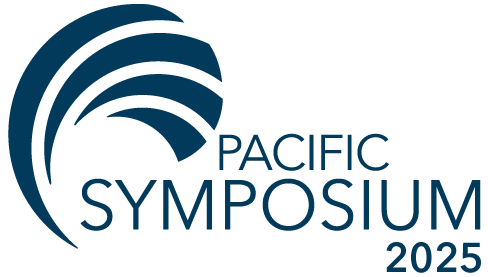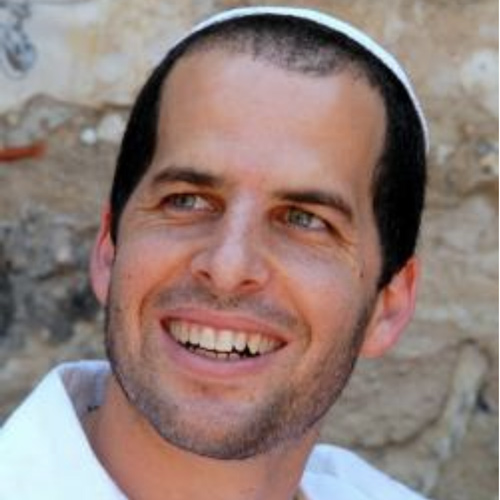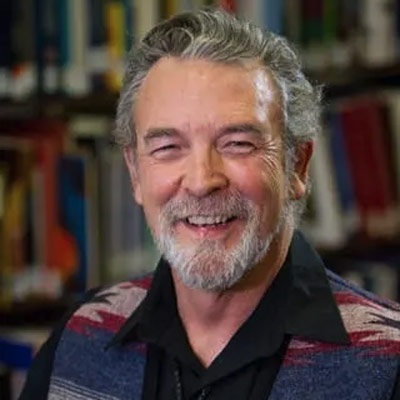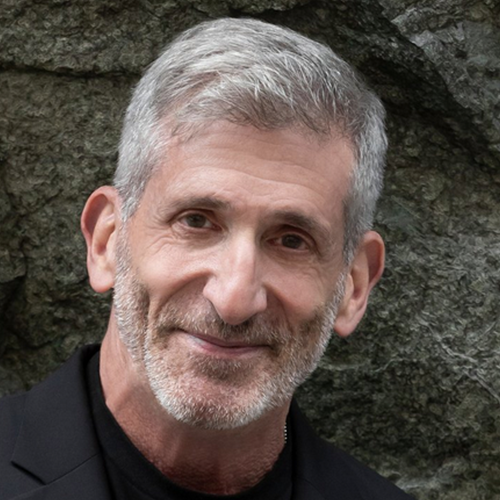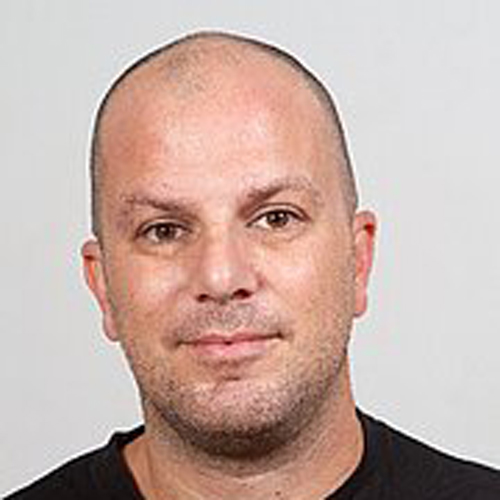When Neil D. Theise, MD, published a study in Scientific Reports describing a network of fluid-filled compartments within the interstitium beneath the skin, it sparked thousands of news articles, billions of online views, and an ongoing debate among scientists worldwide regarding the implications of his discovery about the interstitium. Covered by The New York Times, The Washington Post, CNN, Nature, Newsweek, Frontiers, and many more, Theise’s conclusions have set off a discussion with potentially far-reaching implications about the understanding of the nature of the human body and human beings. “Everything we know about the body is a reflection of the methods we use to examine it; it’s all interwoven,” according to Theise, who explains that the more modern ability to view tissue at the microscopic level has allowed us to see more than ever before, opening more conversation about the connections between Eastern and Western understandings of physiology.
